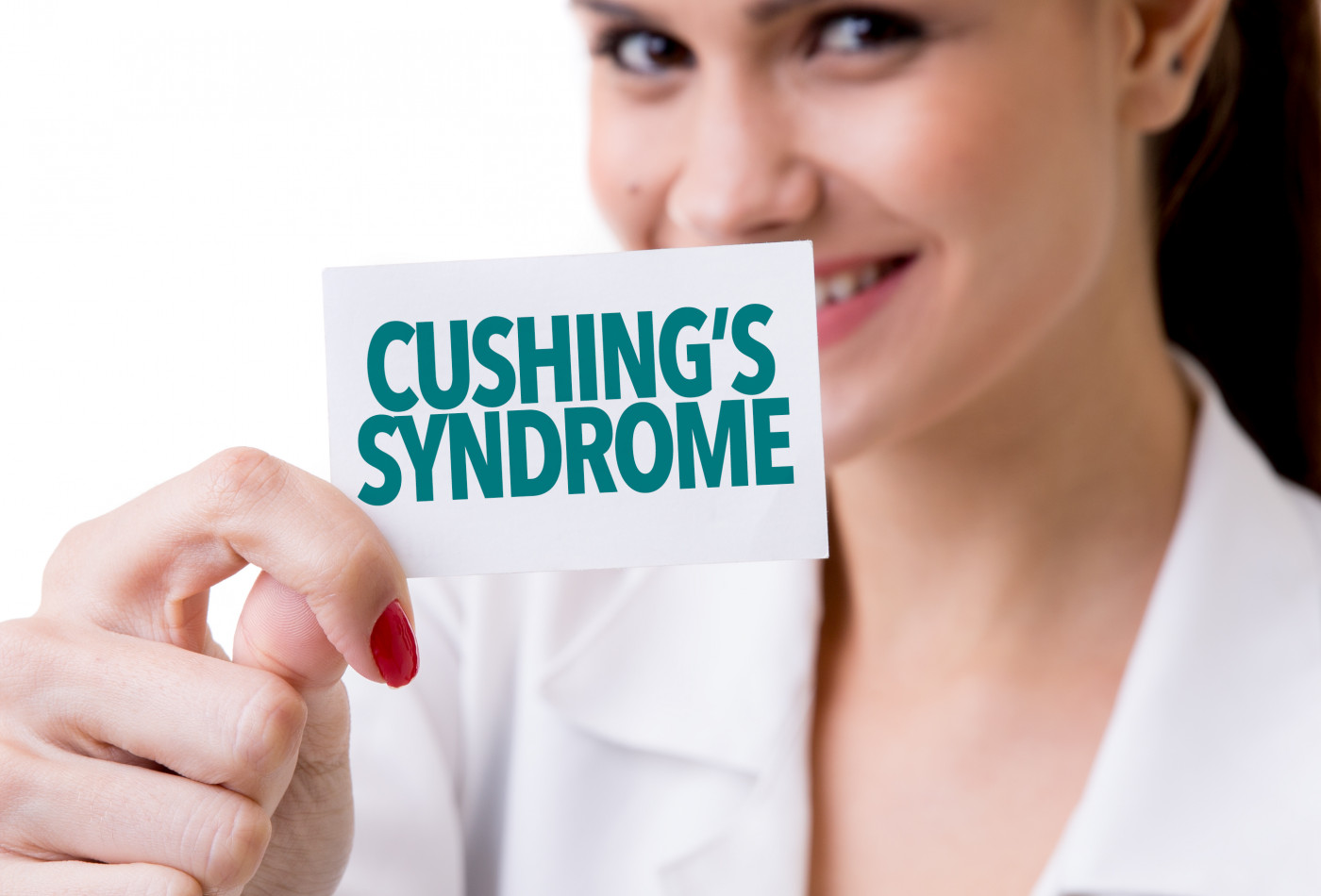Patients Undergoing Adrenalectomy Should Receive Steroid Substitutive Therapy, Study Contends
Written by |

Cushing's symptom relief
All patients who undergo removal of one adrenal gland due to Cushing’s syndrome (CS) or adrenal incidentaloma (AI, adrenal tumors discovered incidentally) should receive a steroid substitutive therapy, a new study shows.
The study, “Predictability of hypoadrenalism occurrence and duration after adrenalectomy for ACTH‐independent hypercortisolism,” was published in the Journal of Endocrinological Investigation.
CS is a rare disease, but subclinical hypercortisolism, an asymptomatic condition characterized by mild cortisol excess, has a much higher prevalence. In fact, subclinical hypercortisolism, is present in up to 20 percent of patients with AI.
The hypothalamic-pituitary-adrenal axis (HPA axis) is composed of the hypothalamus, which releases corticotropin-releasing hormone (CRH) that acts on the pituitary to release adrenocorticotropic hormone (ACTH), that in turn acts on the adrenal gland to release cortisol.
To avoid excess cortisol production, high cortisol levels tell the hypothalamus and the pituitary to stop producing CRH and ACTH, respectively. Therefore, as CS and AI are characterized by high levels of cortisol, there is suppression of the HPA axis.
As the adrenal gland is responsible for the production of cortisol, patients might need steroid substitutive therapy after surgical removal of AI. Indeed, because of HPA axis suppression, some patients have low cortisol levels after such surgeries – clinically known as post-surgical hypocortisolism (PSH), which can be damaging to the patient.
While some researchers suggest that steroid replacement therapy should be given only to some patients, others recommend it should be given to all who undergo adrenalectomy (surgical removal of the adrenal gland).
Some studies have shown that the severity of hypercortisolism, as well as the degree of HPA axis suppression and treatment with ketoconazole pre-surgery in CS patients, are associated with a longer duration of PSH.
Until now, however, there have been only a few studies to guide in predicting the occurrence and duration of PSH. Therefore, researchers conducted a study to determine whether HPA axis activity, determined by levels of ACTH and cortisol, could predict the occurrence and duration of PSH in patients who undergo an adrenalectomy.
Researchers studied 80 patients who underwent adrenalectomy for either CS or AI. Prior to the surgery, researchers measured levels of ACTH, urinary free cortisol (UFC), and serum cortisol after 1 mg dexamethasone suppression test (1 mg-DST).
After the surgery, all patients were placed on steroid replacement therapy and PSH was determined after two months. For those with PSH, levels of cortisol were determined every six months for at least four years.
Results showed that PSH occurred in 82.4 percent of CS patients and 46 percent of AI patients. PSH lasted for longer than 18 months in 50 percent of CS and 30 percent of AI patients. Furthermore, it lasted longer than 36 months for 35.7 percent of CS patients.
In all patients, PSH was predicted by pre-surgery cortisol levels after the 1 mg-DST, but with less than 70 percent accuracy.
In AI patients, a shorter-than-12-month duration of PSH was not predicted by any HPA parameter, but was significantly predicted by an absence of pre-surgery diagnosis of subclinical hypercortisolism.
So, this study did not find any parameters that could significantly predict with high sensitivity and specificity the development or duration of PSH in all patients undergoing adrenalectomy.
Consequently, the authors concluded that “the PSH occurrence and its duration are hardly predictable before surgery. All patients undergoing unilateral adrenalectomy should receive a steroid substitutive therapy.”





